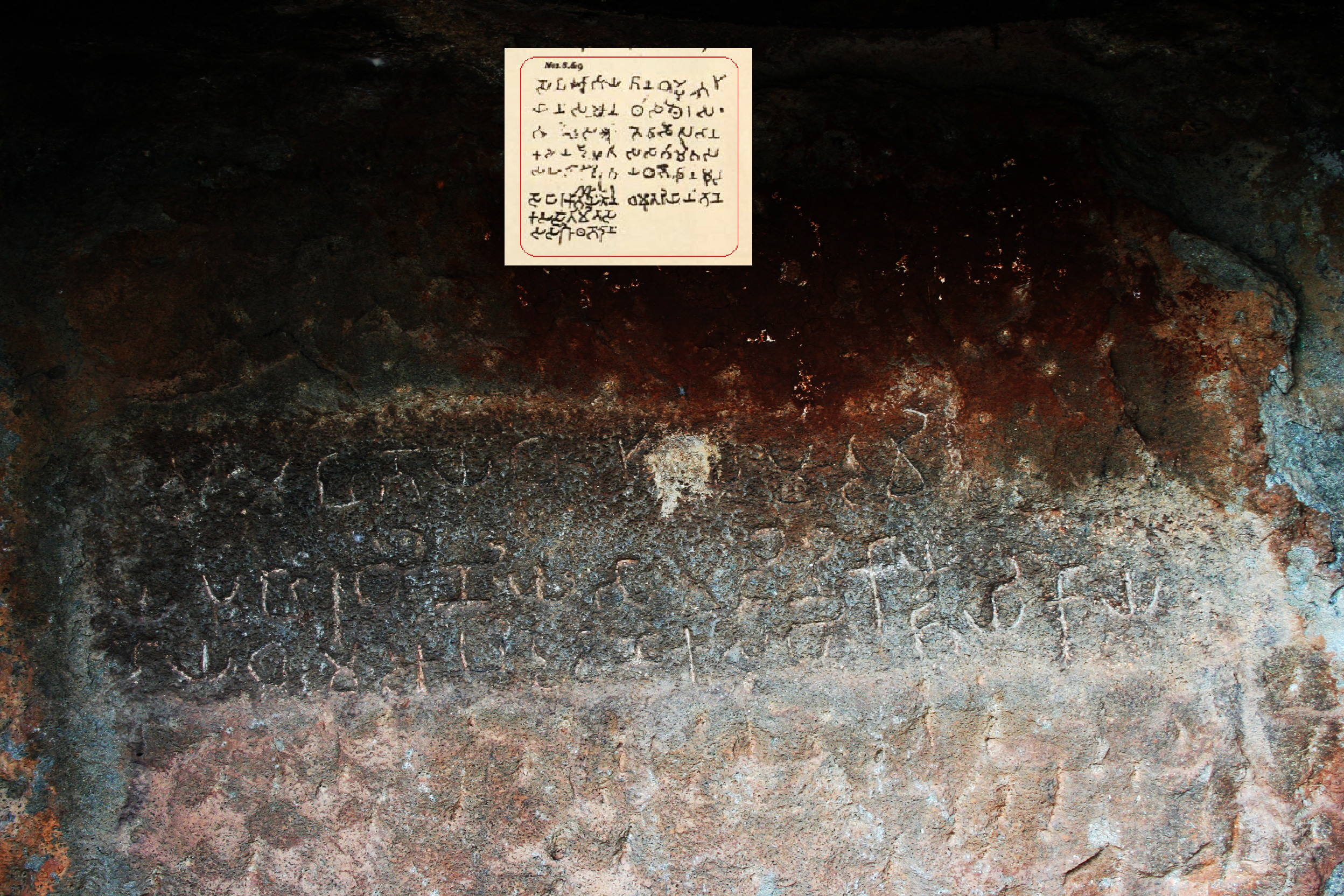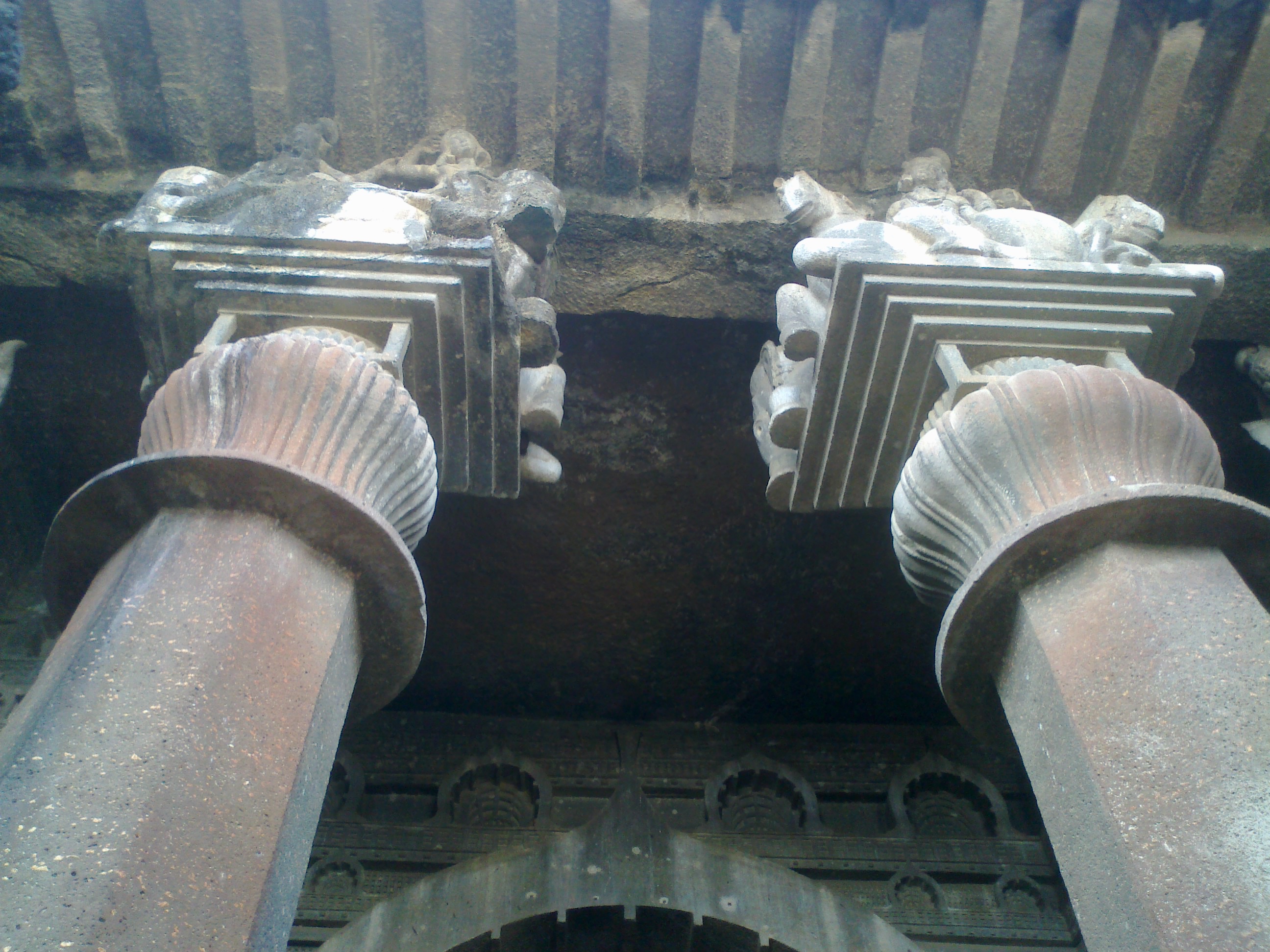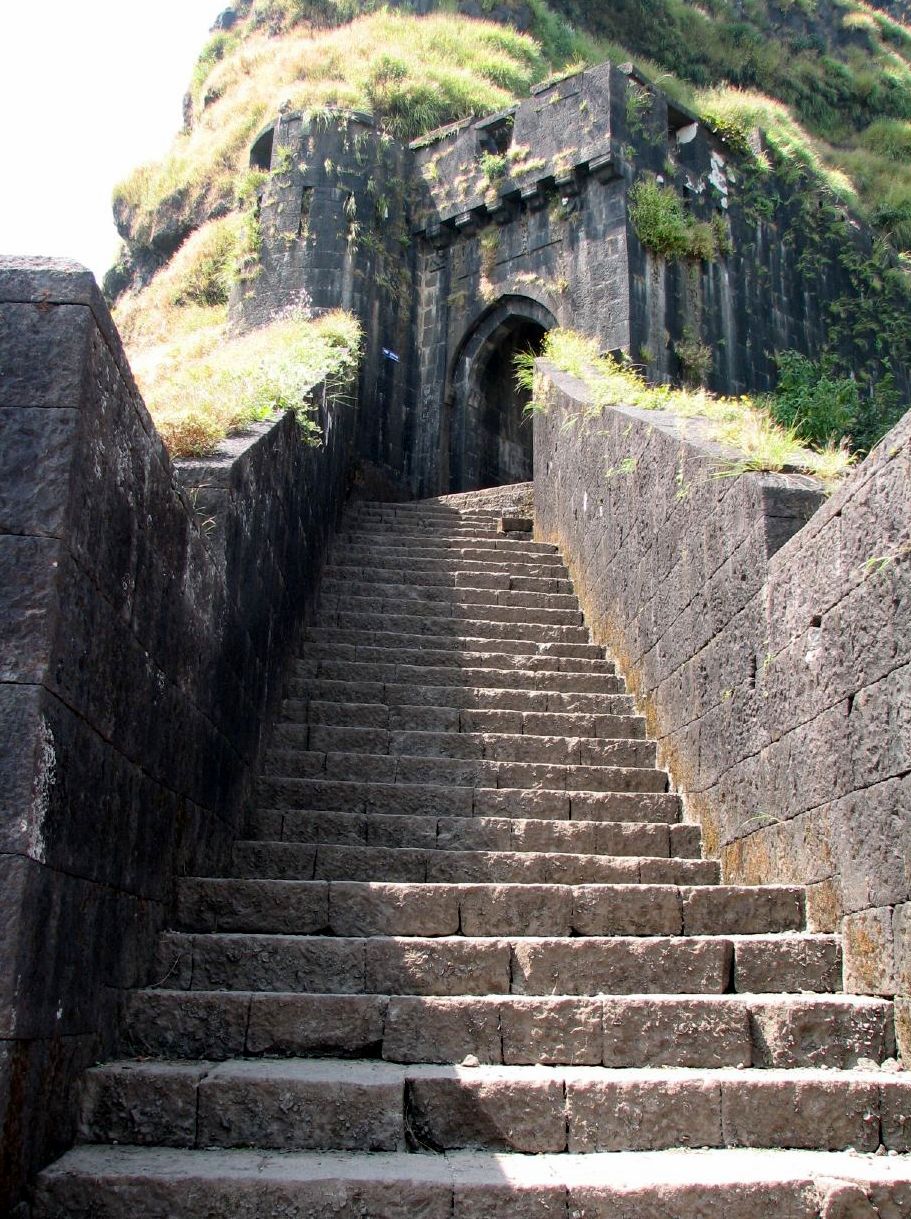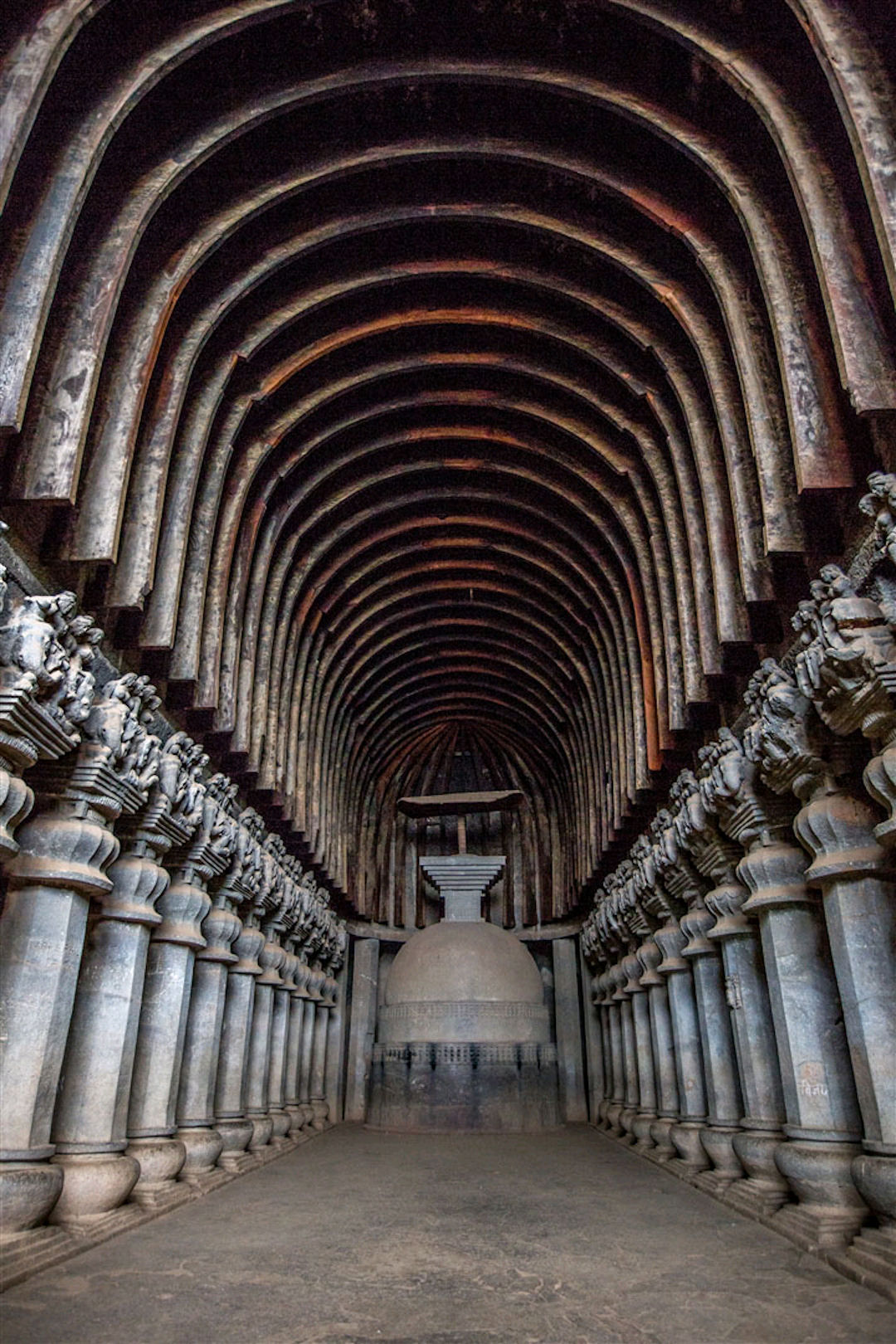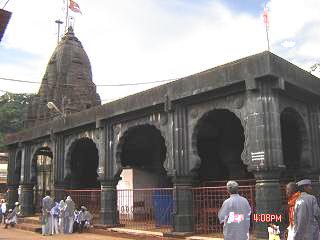Bedse Caves stand as a remarkable testament to India's rich Buddhist heritage, tucked away in the scenic Maval taluka of Pune district, Maharashtra. These ancient rock-cut caves represent a significant archaeological treasure that offers profound insights into the early Buddhist monastic life and architectural traditions of the region.
The caves' historical origins trace back to the 1st century BCE, a period of remarkable cultural and religious transformation in the Indian subcontinent. Located strategically along an ancient trade route connecting Kalyan port to Nane Ghat mountain pass, these caves served multiple purposes beyond mere religious sanctuaries, functioning as crucial waypoints for travelers and traders traversing the challenging terrain.
Architecturally, the Bedse Caves exemplify the sophisticated rock-cut engineering of their time. The main chaitya, or prayer hall, features a stunning stupa reaching almost to the ceiling, surrounded by elegantly carved octagonal columns adorned with delicate ornamental details. The entrance is particularly remarkable, decorated with round pillars and semi-columns showcasing intricate sculptural groups depicting humans and deities riding various animals like horses, bulls, and elephants.
Buddhist monks utilized these caves as "vasha viharas" or rain shelters during monsoon months, transforming them into centers of scholarly and spiritual activities. Local legends suggest these caves might have been associated with the creation of the Therigatha, a significant Buddhist poetic scripture, further enhancing their cultural and religious significance.
The caves' historical narrative is intertwined with complex socio-political contexts of ancient India. While popular legends attribute their creation to Emperor Ashoka following the battle of Kalinga, historical evidence suggests a more nuanced origin during the early Buddhist expansion period. The site reflects the broader cultural dynamics of religious and architectural evolution happening across the Indian subcontinent.
Archaeological investigations and local stories reveal fascinating details about the caves' maintenance and preservation. In the 19th century, British colonial officers influenced local authorities to maintain these structures, though this well-intentioned effort inadvertently led to the loss of some original murals and ancient plaster work, creating an intriguing narrative of colonial interaction with indigenous heritage sites.
The modern significance of Bedse Caves extends beyond their historical and archaeological value. They represent a serene destination for cultural enthusiasts and nature lovers, offering a picturesque trek from Bedse village and providing visitors with a glimpse into the rich tapestry of India's Buddhist cultural landscape. The caves continue to enchant researchers, tourists, and spiritual seekers with their timeless architectural elegance and profound historical resonance.
Today, Bedse Caves stand as a quiet yet powerful reminder of India's complex religious and cultural heritage. They invite contemporary visitors to trace the footsteps of ancient monks, explore intricate rock-cut architectures, and contemplate the spiritual and artistic achievements of early Buddhist communities in the Indian subcontinent.

